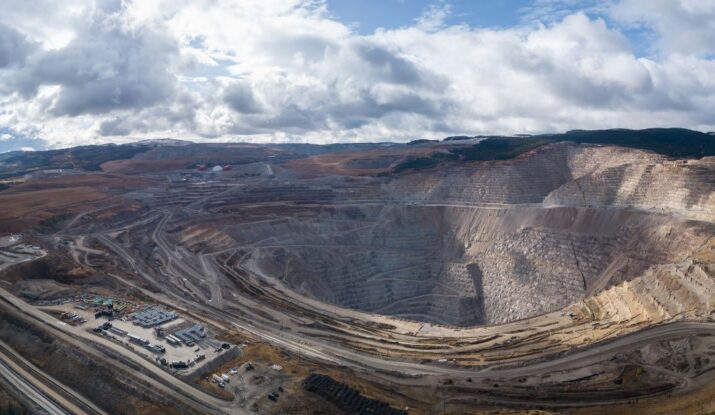


Phosphates are critical components in modern agriculture, forming the backbone of fertilizers that nourish crops and feed the world. But before phosphate becomes a part of the global food chain, it must be extracted from the Earth — a process that involves intricate mining, beneficiation, chemical transformation, and significant use of industrial steel equipment.
Let’s explore how phosphate is extracted from soil and rock, and the crucial role that steel products play in enabling this extraction efficiently and safely.
The journey begins with geological exploration to identify phosphate-rich areas. Once a site is confirmed, surface mining is used — typically open-pit or strip mining — to extract phosphate rock from the earth.



2025 © All rights reserved by Emirerri Steel Manufacturer Pvt Ltd